Timer Dimming for LED Street Lights: What Buyers Need to Know (2025 Guide)
What Is Timer-Based Dimmi
DMX512 is the global standard protocol for professional lighting control, enabling precise and synchronized management of hundreds of fixtures with a single controller.
With MVS DMX-compatible LED solutions, you can achieve dynamic effects, flexible programming, and reliable performance for large-scale projects.
DMX512, short for Digital Multiplex with 512 channels, is the global industry standard protocol used to control stage lighting, LED fixtures, and other entertainment or architectural lighting systems.
It acts as a universal language between controllers and fixtures, enabling designers and engineers to synchronize complex lighting effects across large installations with stability and precision.
A digital communication method designed for lighting control.
Each DMX universe supports up to 512 independent control parameters.
Data flows in one direction from the controller to the fixtures.
DMX512 operates on a channel-based communication system, where each channel represents a control parameter with values from 0–255 (8-bit resolution). These channels are grouped into a Universe of 512, and each fixture is assigned a starting address to determine which channels it should respond to. Data is transmitted in a daisy chain topology, ensuring multiple fixtures can be linked together with one controller.
Each channel controls one function, such as dimming, color, or movement.
A block of 512 channels that defines the maximum control range per network segment.
The starting channel number that tells a fixture which data belongs to it.
Fixtures are connected in series via DMX IN and OUT ports, with a 120Ω terminator required at the end of the line.
DMX512 systems rely on dedicated cables and connectors to ensure stable data transmission. While the official standard specifies 5-pin XLR, 3-pin XLR and RJ45 are also widely used in LED fixtures and architecture projects for practicality and cost efficiency. Cable and connector quality directly impacts signal integrity and reliability across long runs.
| Pin | Function | Label | Notes |
|---|---|---|---|
| 1 | Ground / Shield | GND | Screen / Drain wire |
| 2 | Data − | DMX- (Primary Complement) | Twisted with Pin 3 |
| 3 | Data + | DMX+ (Primary) | Twisted with Pin 2 |
| 4 | Spare / Secondary Data − | Optional | Rarely used |
| 5 | Spare / Secondary Data + | Optional | Rarely used |
As the most widely adopted lighting control protocol, DMX512 provides a balance of simplicity, compatibility, and scalability. However, like any technology, it also has certain constraints that engineers should consider during system design.
To overcome the 512-channel limitation and distance constraints of traditional DMX512, modern projects often adopt Ethernet-based protocols such as Art-Net and sACN. These systems encapsulate DMX data into network packets, allowing engineers to manage thousands of channels over standard Ethernet infrastructure with higher flexibility and reliability.
An open protocol widely used in entertainment lighting. It allows multiple DMX universes to be transmitted via standard Cat5/Cat6 cables.
A standardized protocol developed by ESTA, designed for large-scale installations with enhanced interoperability.
Uses standard Ethernet switches instead of simple daisy chains. At the installation site, nodes convert network data back into DMX signals for traditional fixtures.
Supports hundreds of universes, longer distances, easier integration with IT infrastructure, and higher system reliability.
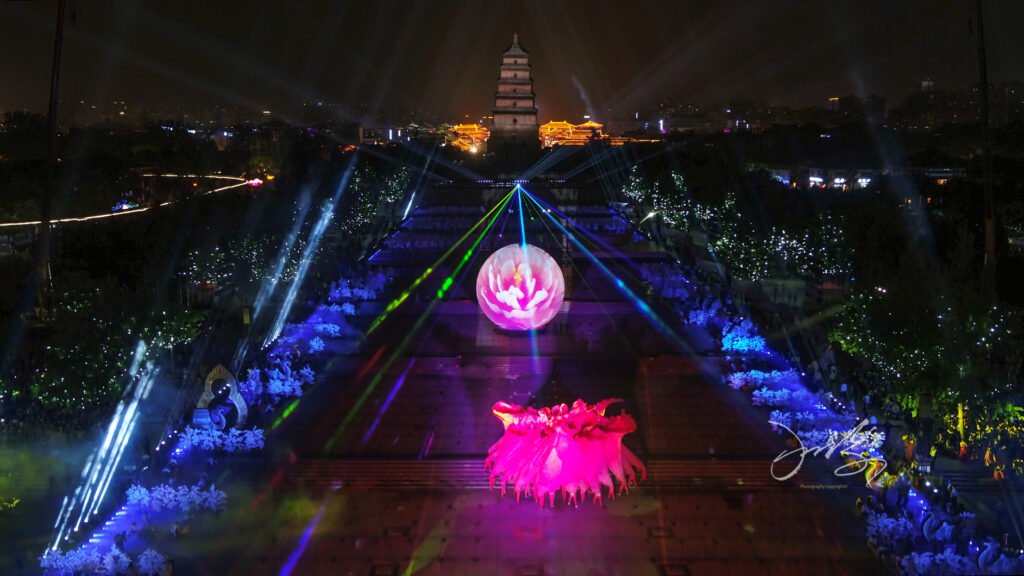
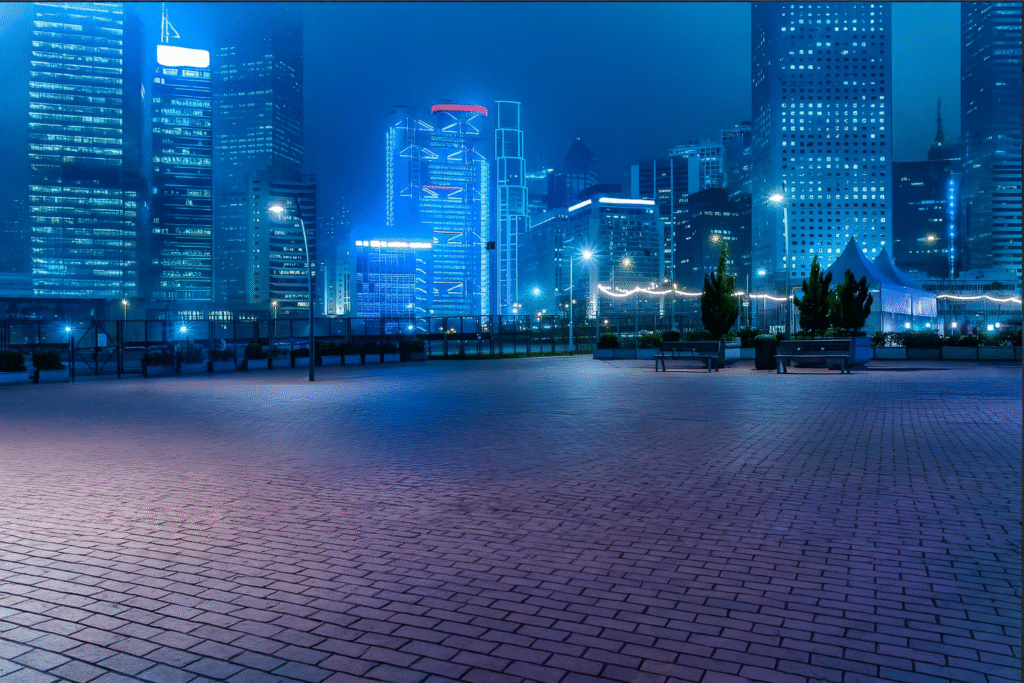
DMX512 is not limited to stage performances. Its flexibility and precision make it a core technology in many industries, from live events to architectural landmarks. By integrating DMX512 with LED fixtures, designers can achieve synchronized effects, dynamic color changes, and complex lighting patterns tailored to each project.
Real-time control of moving heads, strobes, and effects for dynamic shows.
Highlight building exteriors with colorful, programmable effects.
Synchronize large-scale floodlights with entertainment sequences or ceremonies.
Coordinate decorative lights to create immersive night-time experiences.
The following table summarizes the core specifications of DMX512, helping engineers design stable and reliable lighting control systems.
| Feature | Specification |
|---|---|
| Full Name | DMX512-A (Digital Multiplex 512) |
| Primary Use | Control of lighting fixtures, dimmers, and effects |
| Communication Type | Unidirectional, serial, digital |
| Channels per Universe | 512 (8-bit, 0–255 levels) |
| Physical Interfaces | 5-pin XLR (standard), 3-pin XLR, RJ45 |
| Topology | Daisy chain with terminator at end |
| Termination | 120 Ω resistor required at the last fixture |
| Max Cable Length | 300–500 m recommended (1000 m theoretical) |
When selecting lighting partners for DMX512-based systems, stability, compatibility, and engineering support are critical factors. MVS provides not only DMX-compatible fixtures, but also the technical expertise and customization required for demanding projects worldwide.
Our LED street lights, floodlights, façade fixtures, and high-mast lights are designed to integrate seamlessly with DMX512, Art-Net, and sACN protocols.
MVS offers DIALux lighting simulations, wiring guidance, and DMX addressing support, helping clients win tenders and optimize system design.
All products are built with premium drivers, IP66/IP67 protection, and IK08–IK10 durability, backed by a 5-year global warranty.
From standard DMX512 setups to advanced Ethernet-based control systems, MVS tailors solutions to meet project-specific requirements.
DMX512 is primarily used for entertainment and dynamic lighting control, supporting fast changes and effects. DALI is designed for architectural and indoor lighting, focusing on bi-directional communication and precise dimming.
One DMX universe supports 512 channels. The number of fixtures depends on how many channels each fixture requires. For example, a simple PAR light may need only 1–2 channels, while a moving head fixture may require 16 or more.
No. Although the connectors look similar, microphone cables have a different impedance, which causes flickering, unstable signals, or total control failure. Always use DMX-rated 110–120 Ω
The recommended maximum run per chain is 300–500 m. While in theory it can reach 1000 m, environmental factors and cable quality may cause instability if runs are too long.
Art-Net is an Ethernet-based protocol that allows multiple DMX universes to be transmitted over a network. It’s ideal for large-scale installations such as stadiums, concerts, or theme parks where thousands of channels are needed.
Yes. MVS offers engineering consultation, DIALux simulation, wiring guidance, and DMX system integration support to help clients ensure project success.
MVS delivers a complete range of outdoor lighting solutions designed for durability and performance. With advanced optics, IP65 & IK10 protection, and certified quality, our products cover everything from modular floodlights and high-mast systems to smart-control street lighting (DALI/DMX512/0-10V). Whether for roads, stadiums, ports, or industrial areas, MVS ensures uniform brightness, stable operation, and long service life. By choosing MVS, you gain not only reliable hardware but also engineering support and project-specific customization, helping your projects meet professional standards and long-term efficiency.
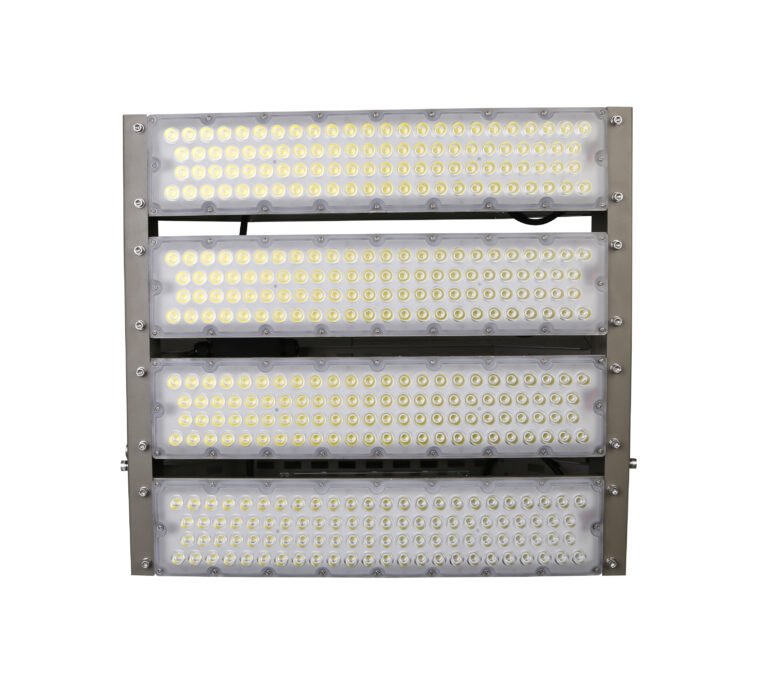
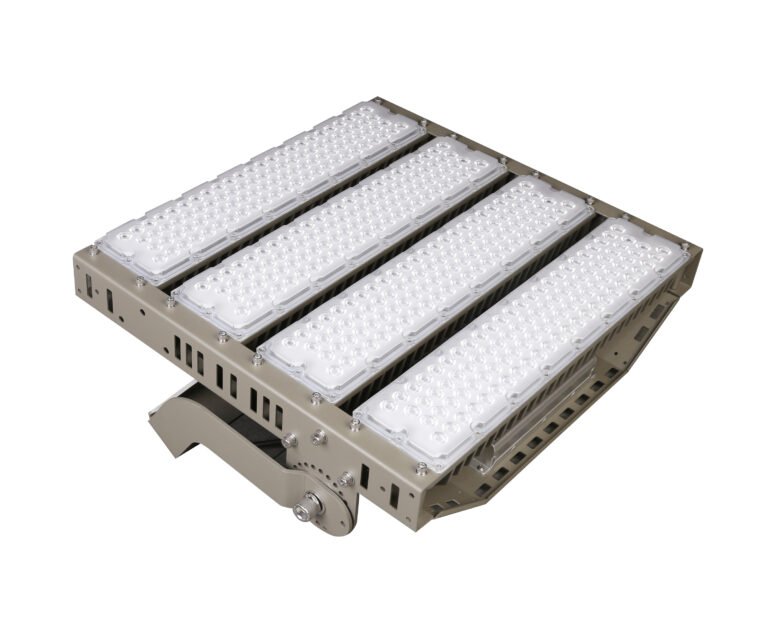

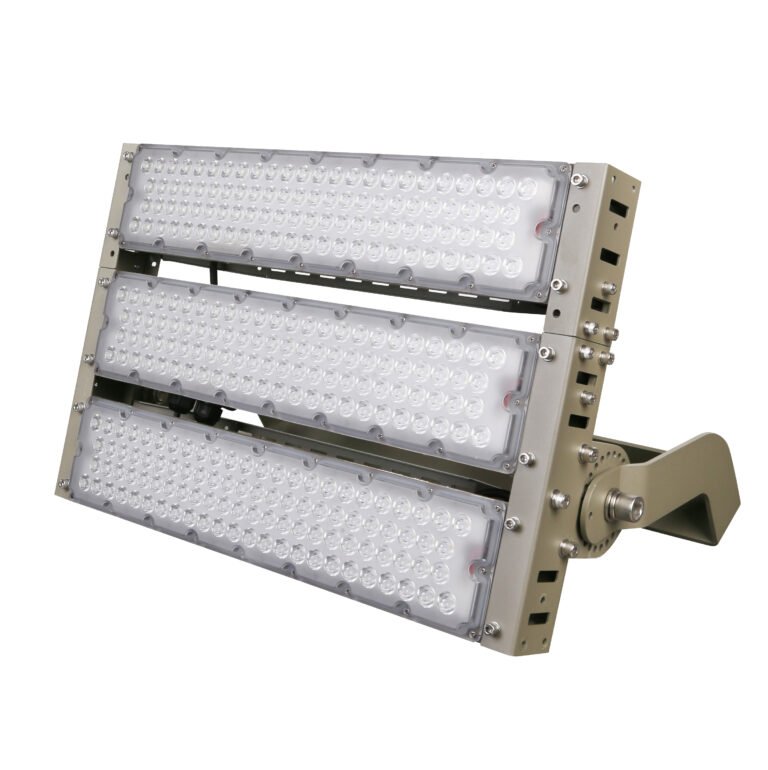
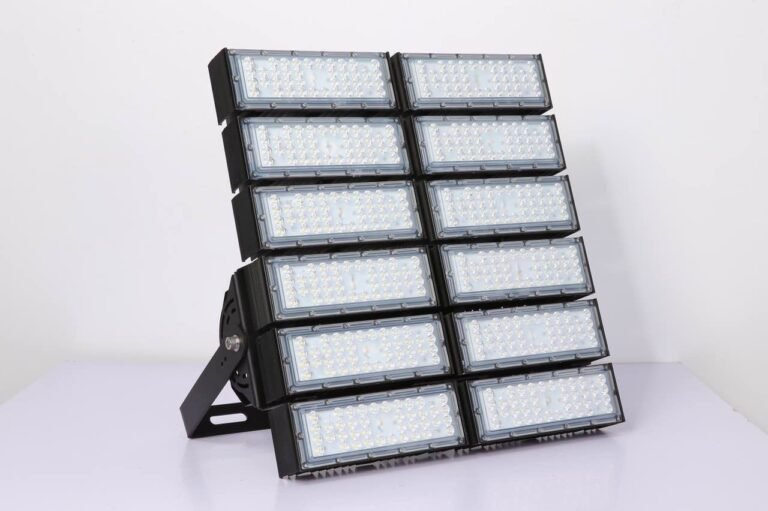
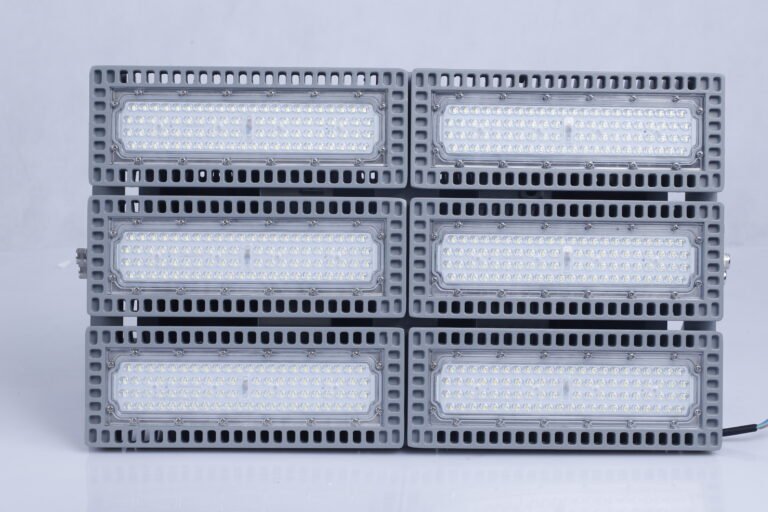
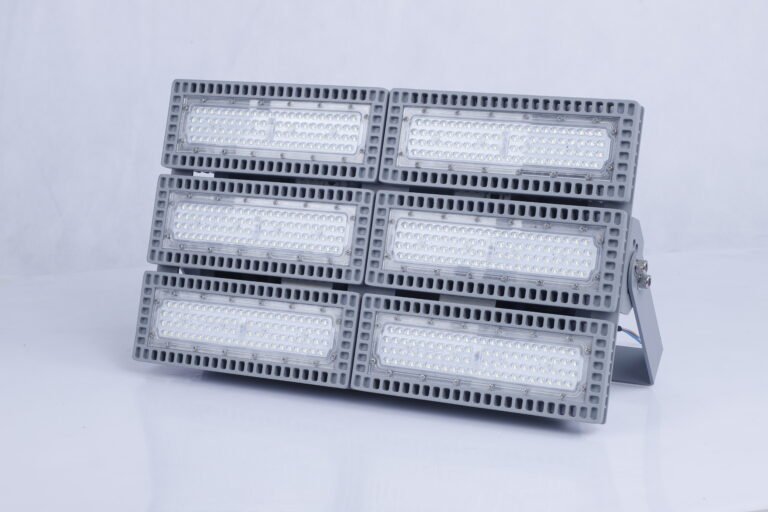
Our catalog offers modular, energy-saving, and high-performance LED solutions. Share your project needs, and we’ll create a tailored lighting plan for you.



For more professional knowledge and practical guidance, visit our blog to discover in-depth articles on LED street lights and project solutions.
What Is Timer-Based Dimmi
Outdoor Lighting Installa
Introduction – Why Upgrad
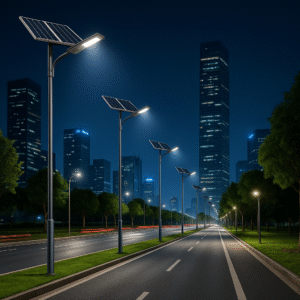
Introduction As cities an
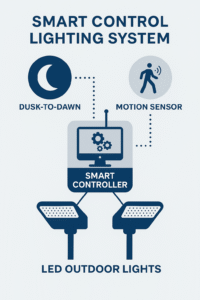
Introduction Outdoor ligh
How to Waterproof LED Lig